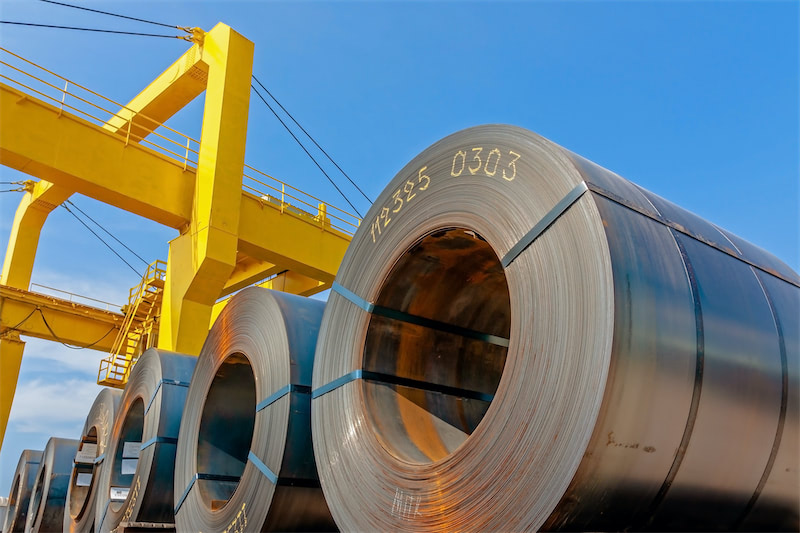






In 2022, Rio Tinto announced its search for proposals to develop large-scale wind and solar power in central and southern Queensland. The initiative aimed to power its Gladstone production assets, achieve emission reduction targets, and further encourage the development of renewable energy. Gladstone hosts three facilities: the Boyne Island aluminium smelter with 584kmt capacity, the Yarwun alumina refinery with 3.4mt capacity, and the QAL alumina refinery with 3.95mt capacity. Currently, Gladstone's energy supply comes from Gladstone coal-fired power station which Rio Tinto owns 42% interest and a gas turbine co-generation plant owned by the Yarwun alumina refinery. The capacities of these two power plants are 1680 MW and 160 MW respectively.
As indicated in Rio Tinto’s 2023 annual report, two alumina refineries in Gladstone generate more than half of Australia's scope 1 carbon emissions and have therefore been the focus of efforts to be decarbonised. In March 2023, the Australian government enacted new legislation requiring large industrial carbon emitters to purchase carbon credits to offset their scope 1 emissions, as well as a requirement to reduce their baseline. Market challenges, changes in capital requirements and the increased cost of carbon emissions as a result of the new legislation, these factors triggered two refineries in Queensland impairments of $US700 million ($A1.1 billion) in 2023. As a result, Rio Tinto will be more proactive in accelerating the process of seeking renewable energy alternatives.
As the largest energy consumer in Queensland, Rio Tinto set ambitious goals to halve its carbon emissions by 2030 and reach net-zero emissions by 2050. The normal operation of Gladstone's production business requires 1140MW, equivalent to at least 4000MW of high-quality wind or solar power.
By the beginning of 2024, significant progress had been made towards these goals.
On January 24th, Rio Tinto announced the purchase of all electricity from the 1.1GW Upper Calliope Solar Farm for 25 years, powering its Gladstone operations. Operated by European Energy, the solar farm is located about 50 km southwest of Gladstone and is awaiting development and grid connection approvals. Once approved and developed, Upper Calliope has the potential to reduce Rio Tinto's operational carbon emissions by 1.8 million tons annually and is expected to start between 2025 and 2026, covering approximately 5% of Queensland's current electricity demand.
On February 21st, Rio Tinto declared it had signed Australia's largest renewable energy purchasing agreement to date with Windlab, for the Gladstone production operations. Under the agreement, Rio Tinto will buy 80% of the electricity from Windlab's 1.4GW Bungaban wind energy project for 25 years. Located about 40 km from Wandoan town and 290 km southwest of Gladstone, the wind project is in the early stages of development and awaiting approvals for development and grid integration. Once approved, construction of the Bungaban project is scheduled to begin at the end of 2025 and become operational by 2029, reducing Queensland's carbon emissions by approximately 4 million tons annually.
The combined capacity of the two projects mentioned above is 2.22 GW, which accounts for more than half of the high-quality renewable energy capacity estimated for Rio Tinto’s Gladstone operations. We assume that the goal of halving carbon emissions by 2030 will be achieved, provided the projects proceed as planned.
With the completion of these two renewable partnership projects, Rio Tinto will become Australia's largest renewable energy buyer. Rio Tinto’s global decarbonization investments budget from 2022 to 2030 is valued at $5 billion to $6 billion (A$7.6 billion to A$9.1 billion). The pathway to reduce carbon footprint is organised into six global decarbonisation programs focused on renewables, Pacific aluminium operations, aluminium anodes including ELYSISTM technology, alumina processing decarbonisation, minerals processing decarbonisation and diesel alternatives. Rio Tinto will continue to look for partnerships with renewable energy providers to support sustainability commitments, while also driving the transition to clean energy. These projects highlight Rio Tinto's positive progress towards a greener future, making a significant contribution to the regional economy and sustainable environmental development.
For queries, please contact Lemon Zhao at lemonzhao@smm.cn
For more information on how to access our research reports, please email service.en@smm.cn

